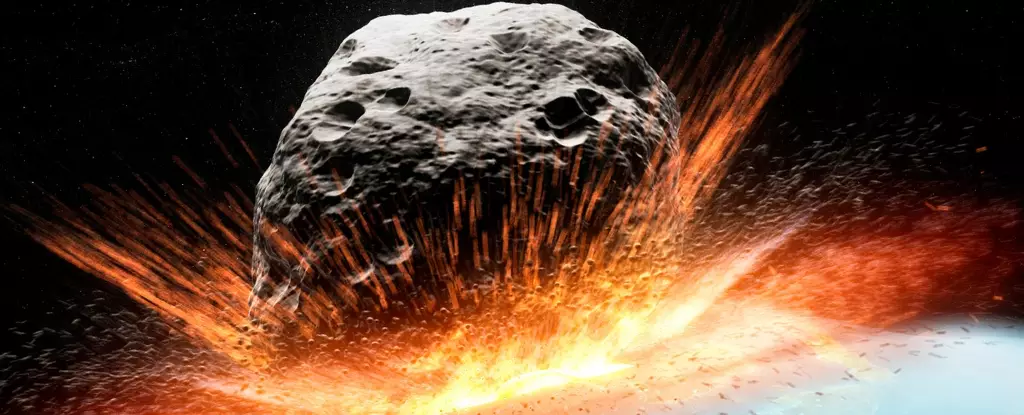In late December 2024, the night sky became the stage for a new astronomical spectacle: the discovery of an asteroid designated 2024 YR4. Named conventionally after its discovery period and sequence, this asteroid quickly caught the attention of astronomers worldwide. With initial observations, a cautious appraisal of a potential Earth impact was made, reflecting the continuing advancements in our understanding of celestial bodies. As the situation evolved, so did our understanding of the risks associated with this asteroid, highlighting the necessity for persistent monitoring and rigorous scientific scrutiny.
Asteroids, particularly those posing even the slightest risk to Earth, are rigorously tracked and analyzed. The current calculated chance of 2024 YR4 colliding with Earth stands at 2.3%. This figure, derived from a series of 1,000 orbital simulations, signifies that 23 of these theoretical trajectory paths would result in a collision. Upon first hearing this percentage, one might envision an imminent disaster akin to cinematic portrayals. However, while a 2.3% chance is not to be disregarded, it remains in the realm of uncertainty, akin to predicting weather patterns. In fact, based on its current trajectory, 2024 YR4 is projected to make a close approach at around 240,000 kilometers from Earth—well within the Moon’s orbit but not alarmingly close.
In the realm of planetary defense, the Torino scale serves as a critical tool for assessing impact risks of near-Earth objects. Initially rated a 3 when the estimated risk was below 1%, 2024 YR4’s current ranking has remained unchanged despite the increased odds of impact. This is reassuring, as a classification of 3 indicates that while there is some level of concern, it is not yet at a critical level that necessitates immediate action. The essential takeaway is that astronomers maintain vigilant observation, ensuring that any changes in trajectory or risk assessment are closely monitored.
While predictions about asteroid trajectories have improved significantly due to advancements in technology and data collection, they remain surrounded by uncertainty. Unlike the predictable orbits of planets, asteroids are susceptible to gravitational perturbations that can alter their paths. In the case of 2024 YR4, interaction with Earth’s gravity will play a pivotal role when it comes within approximately 8 million kilometers of our planet in 2028. This close approach presents a golden opportunity for astronomers to refine their calculations and ascertain the asteroid’s trajectory with greater precision.
Even with a theoretical impact probability that could suggest imminent danger, experts agree that panic is unwarranted. Essentially, the real menace associated with asteroids is not just those that can be observed well in advance, but rather unexpected visitors—those incoming from the sunward direction, like the Chelyabinsk meteor which surprised the world in 2013. The knowledge that 2024 YR4 exists presents an opportunity to strategize. If future calculations were to indicate a high likelihood of impact, preparedness protocols could be effectively initiated. Given the asteroid’s size, even a possible impact would likely not lead to a mass extinction event but could necessitate local evacuations along its predicted trajectory, allowing for significant risk mitigation.
As we continue to monitor 2024 YR4 and other near-Earth objects, the message is clear: vigilance is vital. Understanding that our calculations can change over time emphasizes the dynamic nature of asteroid observation. While the potential threat posed by 2024 YR4 remains a topic of active discussion among astronomers, it reinforces the importance of having robust frameworks for planetary defense. Regular updates from NASA’s Planetary Defense Coordination Office, alongside ongoing research and simulations, will ensure that we remain prepared for whatever the cosmos may send our way. The future of our defense against cosmic hazards lies in our commitment to continuous observation and the advancement of our scientific capabilities.


Leave a Reply